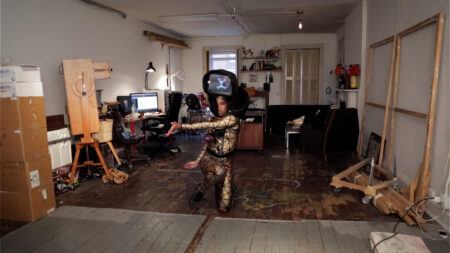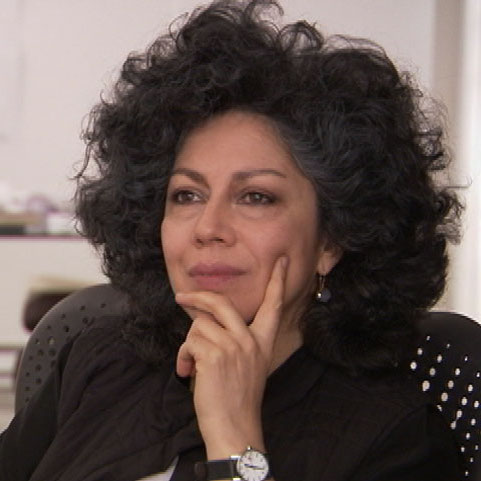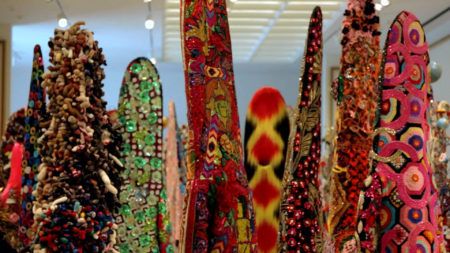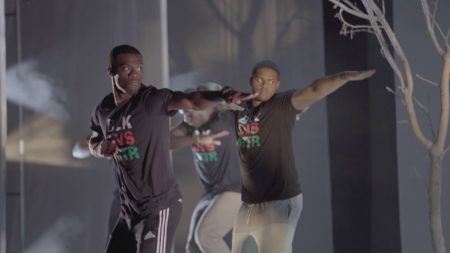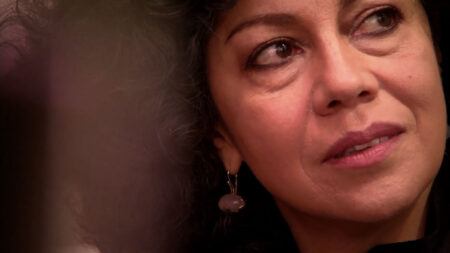Continue playing
(Time remaining: )
Play from beginning
Continue playing "{{ controller.videos[controller.getVideo(controller.currentVideo)].segmentParentTitle}}"
{{controller.videos[controller.getVideo(controller.currentVideo)].title}} has ended.
Third World IdentityDoris Salcedo
In her Bogotá studio, artist Doris Salcedo discusses the stereotypes she faces as a citizen of a Third World country and how she embraces these first-hand experiences of discrimination to inform her art.
Shown working alongside her team of assistants, whose collective labor underscores the political messages of her sculptures, Salcedo proposes a more humble role for artists working today.
Credits
Producer: Wesley Miller & Nick Ravich. Interview: Susan Sollins. Camera: Bob Elfstrom. Sound: Ray Day. Editor: Paulo Padilha & Mark Sutton. Artwork Courtesy: Doris Salcedo.
Closed captionsAvailable in English, German, Romanian, Italian, Japanese, Korean, Chinese, Italian
Through the Art21 Translation Project, multilingual audiences from around the globe can contribute translations, making Art21 films more accessible worldwide. Translate this video now.
Interested in showing this film in an exhibition or public screening? To license this video please visit Licensing & Reproduction.
Doris Salcedo’s understated sculptures and installations embody the silenced lives of the marginalized, from individual victims of violence to the disempowered of the Third World. Although elegiac in tone, her works are not memorials: Salcedo concretizes absence, oppression, and the gap between the disempowered and powerful. While abstract in form and open to interpretation, her works serve as testimonies on behalf of both victims and perpetrators. Her work reflects a close collaboration with a team of architects, engineers, and assistants—and, as Salcedo says, “with the victims of the senseless and brutal acts” to which her work refers.
“For me, as identity, ‘Third World’ is enough. I don’t want to get into Catholic, female, Colombian…. ‘Third World’ is enough.”
Doris Salcedo
Art & Discrimination
Nick Cave
Tania Bruguera
Carrie Mae Weems
Doris Salcedo
Doris Salcedo
Preview
